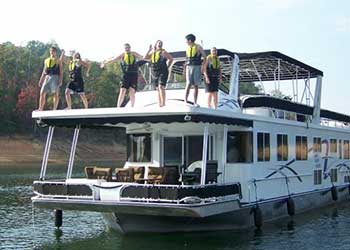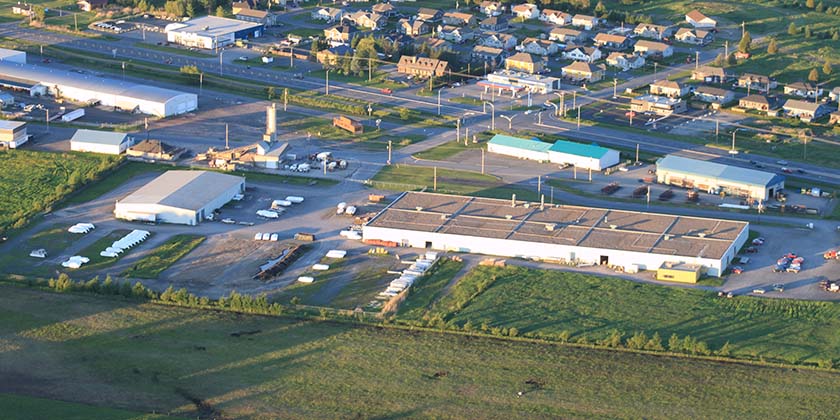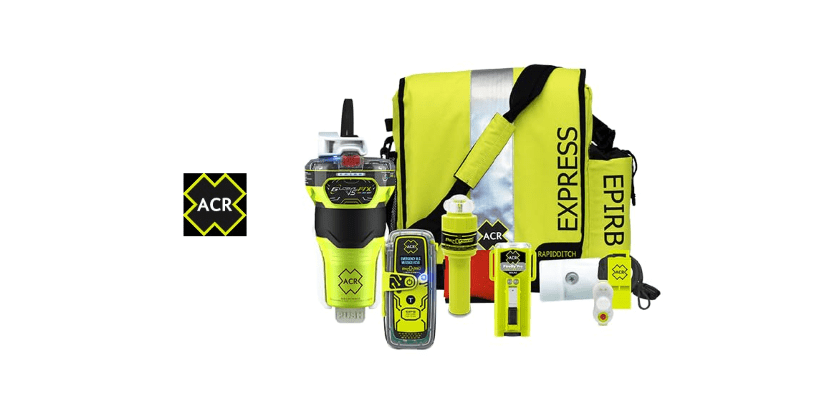STUDY HIGHLIGHTS CARBON MONOXIDE HAZARDS ON HOUSEBOATS



Princecraft boats on April 17, 2024, announced to their employees, a major investment in one of their three Princeville plants, which will include the installation of high-tech powder coating capabilities. The nearly $4 million upgrade marks the largest investment in Princecraft facilities since the early 2000s and will improve operational efficiency, product quality and better poise the company for response to demand.

Every Tuesday we publish a fresh Digest with informative articles pertaining to the Canadian boating and marine industry. Stay up to date with the latest products, research and industry developments.
Missed an Issue of Boating Industry Canada News Week? If you’re looking for a specific issue, or simply want to catch up on previous issues, check out our Boating Industry Canada News Week Archives.
Not signed up for News Week? Subscribe here.

DECATHLON, determined to erase the boundary between land and water, introduces its latest forward-thinking concept: the HydroBike. This innovation from the French sports giant aims to democratize access to nature while staying ahead in the transformation of their business model.
The initial assessment: paddle sports are often inaccessible to less experienced individuals, assuming the acquisition of paddling skills.

An all-encompassing and dependable set of vital resources, ACR GlobalFix V5 AIS RLS EPIRB Survival Kits ensure security and survival in waterborne emergencies. The most advanced EPIRB (Emergency Position Indicating Radio Beacon) available, the ACR GlobalFix V5 EPIRB combines 406 MHz satellite connectivity with Automatic Identification System (AIS) functionality.